
Fire alarm systems training courses : Fire detection & alarm systems –
Arab Fire Safety & Security academy offers one of Fire alarm systems training courses represented in Fire detection & alarm systems program. That is one of developmental fire alarm systems training courses .
Who should take this Fire alarm systems training ?
Personnel working in entities concerned with inspect for fire-fighting protection .
Personnel in safety , fire-fighting and industrial security .
Safety and fire-fighting supervisors within industrial facilities that have detection and alarm network of fire .
The program objectives:
Developing the skills of dealing with fire detection devices, fire alarm devices for quick response for controlling fire .
Interim goals (detailed):
At the end of this program, the trainee will be able to: –
Identify the types of fire, the characteristics of each type and the extinguishing agents used for each type.
Identify the chemical outputs of the combustion process.
Determine the methods and means of fire detection and alarm according to expected hazards in places to be protected.
Detect fire since the initial moments, prevent its spread and reduce losses to the minimum.
Identify fire detection devices (smoke – heat – flames – leaking gases detectors).
Recognize how each detector works.
Inspect and test the fire detection and alarm system.
Check fire detection and alarm networks periodically.
The main axes of Fire detection & alarm systems:
• Types of fires.
• The chemical outputs of the combustion process.
• The importance of fire detection early.
• Fire detection devices.
• Devices and means of warning.
• Identifying methods of inspection and testing for the fire detection and alarm system.
• The importance of periodic inspection for the fire detection and alarm networks.
* Terms of joining the program:
1. Educational level: General secondary and its equivalent.
2. Basic requirements: Obtaining one of the qualifying courses in firefighting.
3. General Requirements: physically fit and healthy
* Duration of the program: two weeks – five days a week -60 training sessions (40% theoretical 60% practical).
* Training language: – Arabic in addition to English slang terms.
* Place of training: – Arab Fire, Safety and Security Academy in Jeddah.
* Accreditation: –
– Each trainee passes the course gets a certificate from the Arab Fire, Safety and Security Academy locally approved by the Technical and Vocational Training Corporation.
Program duration : 10 days .
Program type : advanced .
-Note : This program is accredited from IFSAC

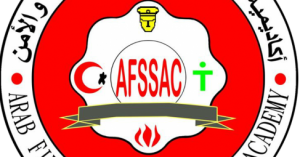
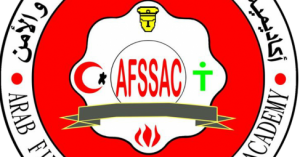
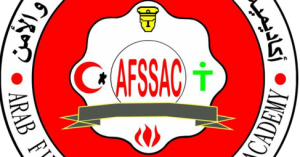
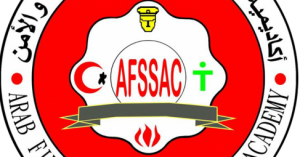


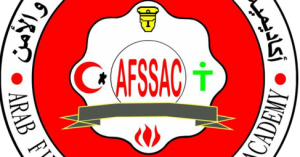

You must be logged in to post a comment.